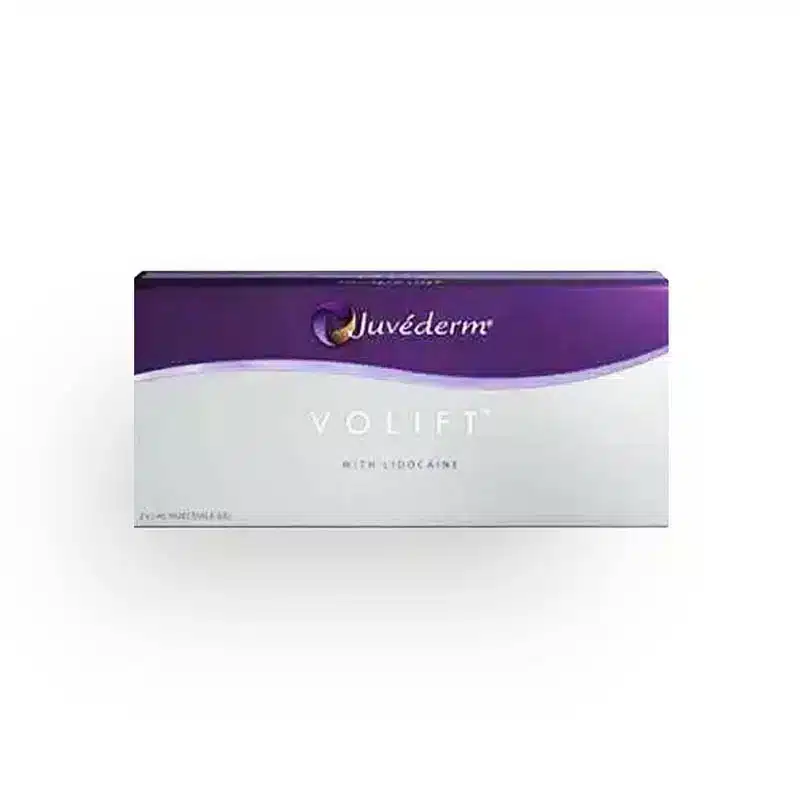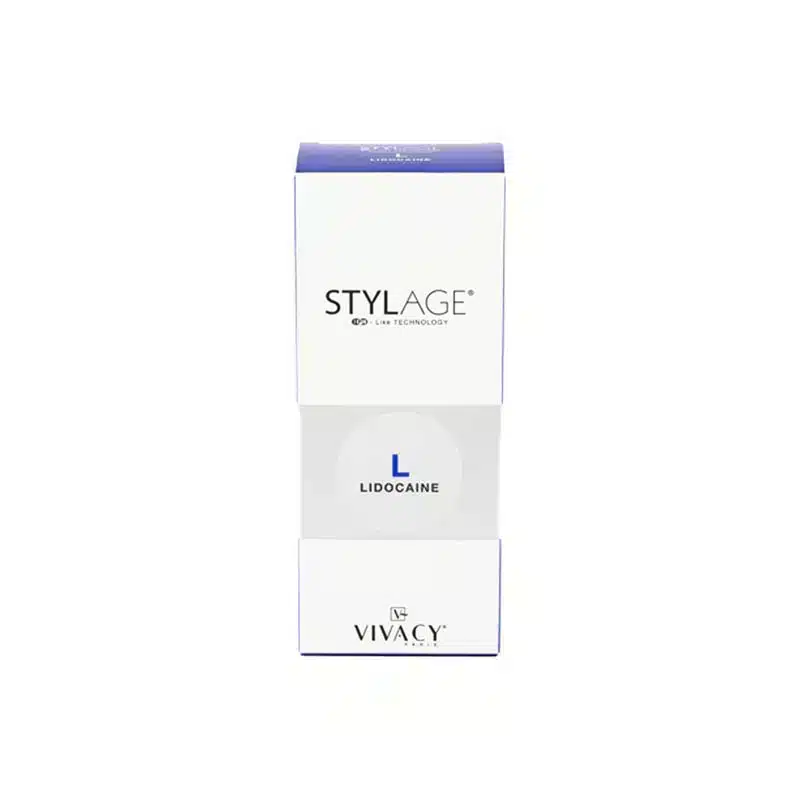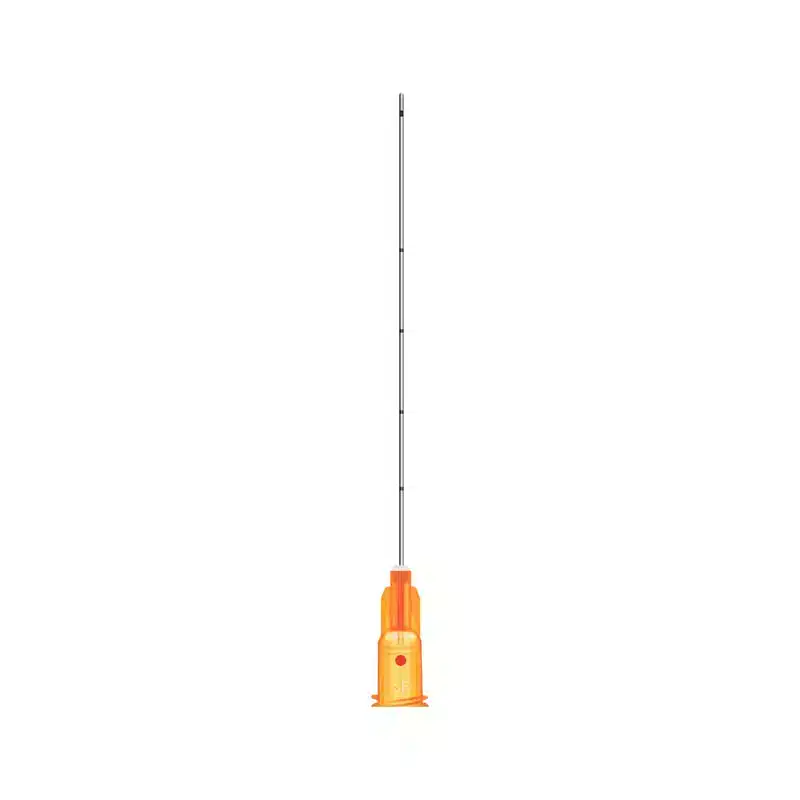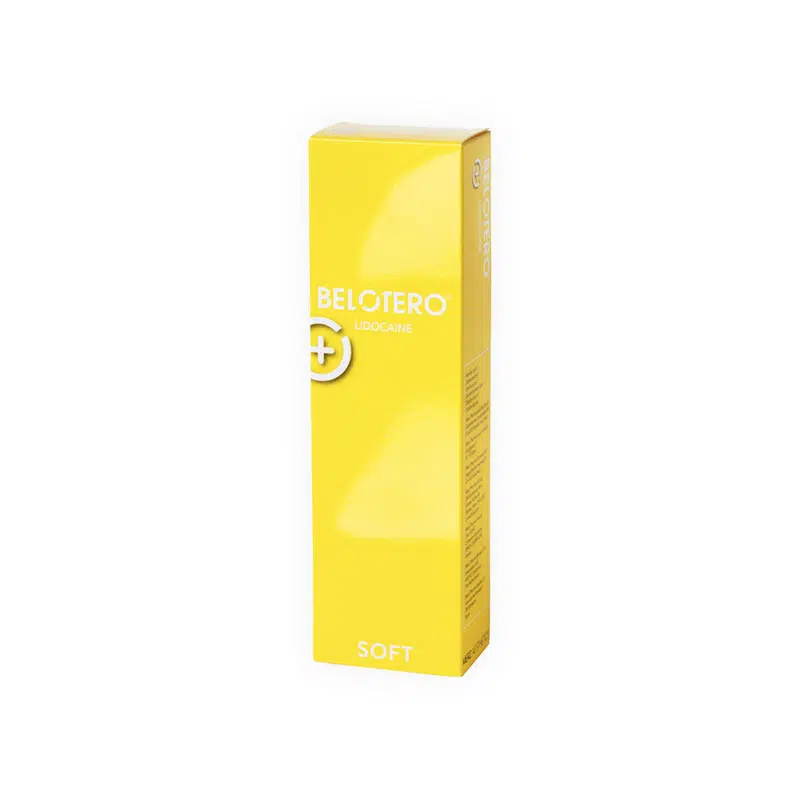No products in the cart.
OUR PRODUCTS
OUR BRANDS
- ALIAXIN® (6)
- ALIDYA™ (1)
- BCN (12)
- BELLAST® (3)
- BELOTERO® (11)
- BIOREPEELCL3® (2)
- CAREGEN (1)
- CINGAL® (1)
- CRESPINE® (1)
- CYTOCARE (3)
- DERMALAX™ (3)
- DESIRIAL® (2)
- DUROLANE® (1)
- EJAL (1)
- ELLANSÉ™ (2)
- ELRAVIE® (1)
- EUFLEXXA® (1)
- EXOJUV (1)
- FILLMED® (10)
- FILORGA® (6)
- HArmonyCA™ (1)
- HYACORP (5)
- HYAFILIA® (2)
- HYALGAN® (2)
- HYMOVIS® (1)
- INTRALINE® (18)
- JALUPRO® (6)
- JUVÉDERM® (12)
- LEMONBOTTLE (1)
- MEDIDERMA® (29)
- METOO (3)
- MONOVISC® (1)
- NEAUVIA™ (11)
- NEURAMIS® (1)
- NUCLEOFILL™ (4)
- ORTHOVISC® (1)
- PERFECTHA® (6)
- PLASMOLIFTING™ (1)
- POWERFILL® (1)
- PROFHILO® (2)
- PRX-T33® (1)
- RADIESSE® (3)
- RAINBOW (7)
- REFINE (2)
- REJURAN® (1)
- RESTYLANE® (11)
- REVANESSE® (6)
- REVOFIL (8)
- REVOLAX™ (6)
- SAYPHA® (6)
- SCULPTRA® (1)
- SESDERMA® (8)
- SILHOUETTE (3)
- SKINSEQNC (4)
- SOFTFIL® (6)
- STYLAGE® (21)
- SUNEKOS® (4)
- SUPARTZ® (1)
- SYNVISC® (2)
- TEOSYAL® (15)
- VISCODERM® (2)
- VOM (1)
- ZO® (15)
Showing the single result
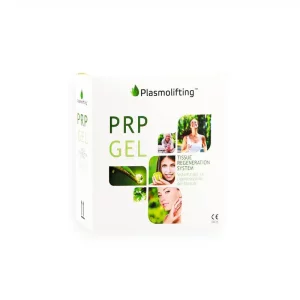
PLASMOLIFTING™ PRP GEL
Manufacturer: Industrie Biomediche Active Substance(s): SODIUM CITRATE…
PRP Kits contain the items needed to obtain pure and high quality PRP (Platelet-rich Plasma) from a whole sample. PRP is highly prized for its capability to accelerate or augment the healing and rejuvenation process, through influencing inflammatory processes, encouraging cell proliferation and activating tissue remodeling. PRP is a fraction of whole blood that contains an enriched concentration of platelet cells as well as their associated growth factors and cytokines, with little to no trace of other blood components like red or white cells. This concentrate of platelets and signaling proteins is suspended in a small amount of plasma.
Many kits require the use of lab equipment such as a centrifuge and an incubator to properly process the sample and acquire pure and therapeutically effective PRP.
Why are they used?
PRP kits offers a cost effective and easier method for harvesting PRP from the patient for administration in the same treatment session.
PRP is suitable both as a monotherapy or as an adjuvant to other aesthetic rejuvenation procedures like dermal fillers, fat grafts, plastic surgery, or skin resurfacing (e.g. lasers, IPL, chemical peels) to aid in skin recovery and to improve the aesthetic results obtained.
PRP Areas of use
PRP therapy is used for numerous indications in a wide range of medical fields due to its ability to aid in the healing of damaged or injured tissue. In the realm of aesthetic medicine, PRP can be used on the skin of the face, neck, décolletage as well as the back of the hands and feet to smooth out wrinkles, rehydrate dry skin, reduce discoloration, provide rejuvenation, and improve suppleness. PRP can be administered to treat skin diseases like psoriasis, acne, eczema and dermatitis. PRP can also help improve the appearance of scars, including post-acne scars. If used around the eyes, PRP has the ability to reduce dark circles and puffiness, promoting rejuvenation. PRP therapy has also been used as a hair restoration treatment in patients with alopecia.
How long do PRP injections last?
Depending on its application, PRP therapy is given in multiple injection sessions ranging from two to ten sessions, spaced in intervals of seven to ten days.
The results are long-lasting, with many patients reporting improvements that remain for up to 18 months after PRP therapy.
How are they used?
PRP is harvested from a sample of the patient’s own blood. Typically, this is collected from the veins of the patient in a predetermined volume, usually around 10ml. PRP Kits follow different protocols designed specifically for that kit to isolate and extract the PRP, however most of them involve a centrifugation step to enable the separation of whole blood into its respective fractions.
PRP is administrated according to the package directions, but in general injection is intradermal and performed with a 30G needle. Appropriate injection techniques employed for PRP administration include the cross-hatching, linear threading or fan techniques. PRP can also be administered in microinjections, similar to mesotherapy. If injecting using this technique, a 32G needle should be used instead.
How long does the treatment injection take?
A typical PRP injection session takes no longer than 30 minutes, including the time needed to collect and prepare autologous PRP.
Types of PRP Kits
PRP variants can be divided by their method of separating whole blood
Gel separators – These kits consist of collection tubes which also contain separating gel that has a density between that of blood and platelets. When it is centrifuged with the separating gel, the layers of distinct components are physically segregated by the separating gel, allowing for extraction of highly pure PRP containing almost no white or red cells.
Buffy coat based – When centrifuged at low speed, the respective components naturally divide into distinct layers, one of which is a so-called “buffy coat” consisting of platelets and white cells situated between an upper layer of plasma, and a bottom layer composed of red cells. This buffy coat is then transferred (without red cell contamination) to generate the PRP. Some incorporate a second centrifugation step to achieve a higher platelet concentration and PRP purity.
One of the top PRP brands is Plasmolifting.
This portfolio includes:
Plasmolifting PRP Gel – This PRP kit contains 10 vacutainer tubes that are specially used with the Plasmolifting method. These 9ml collection tubes contain a unique thixotropic inert polymer gel and sodium citrate, which acts to prevent the collected sample from clotting.
Plasmolifting Centrifuge – Certified centrifuges designated for the Plasmolifting protocol. Two models are available, the Plasmolifting Centrifuge XC 2000 and the Plasmolifting Centrifuge XC 2415.
Plasmolifting Incubator Mini B 100 – This lab apparatus is used to generate what is known as Plasmolifting gel, a thicker form of PRP which can be used in the same manner as a dermal filler. This dry bath incubator uniformly heats the PRP to denature plasma proteins, thereby changing its physical properties and converting the PRP into a viscous, thick gel.
Frequently Asked Questions:
How do PRP kits work, and what components are typically included in these kits?
PRP kits, or Platelet-Rich Plasma kits, concentrate platelets from a patient’s blood to promote tissue healing and regeneration. Typically, these kits include a centrifuge, collection tubes, and sometimes anticoagulants. The centrifuge separates platelets from other blood components, creating a concentrated PRP for therapeutic purposes.
What are the primary medical applications and clinical indications for PRP kits?
PRP kits find primary applications in orthopedics, sports medicine, and dermatology. They are commonly used for conditions like osteoarthritis, tendon injuries, and skin rejuvenation. Clinical indications include promoting tissue repair, reducing inflammation, and accelerating the healing process. The versatility of PRP makes it valuable in various medical specialties.
What are the key considerations for medical professionals when selecting and using PRP kits in different clinical settings?
When selecting and using PRP kits, medical professionals must consider efficiency, ease of use, and suitability for specific clinical settings. Adjusting the concentration of platelets to the patient’s condition and understanding the kit’s compatibility with different procedures are crucial considerations. Additionally, evaluating the kit’s sterility and ensuring adherence to proper protocols are important for successful outcomes.
What safety measures and regulatory guidelines should medical professionals be aware of when using PRP kits for patient treatment?
Medical professionals utilizing PRP kits should adhere to safety measures and regulatory guidelines to ensure patient well-being. These may include confirming the kit’s compliance with regulatory standards, maintaining sterile conditions during the procedure, and monitoring patients for adverse reactions. Ethical guidelines and obtaining informed consent are critical aspects of responsible PRP therapy.
